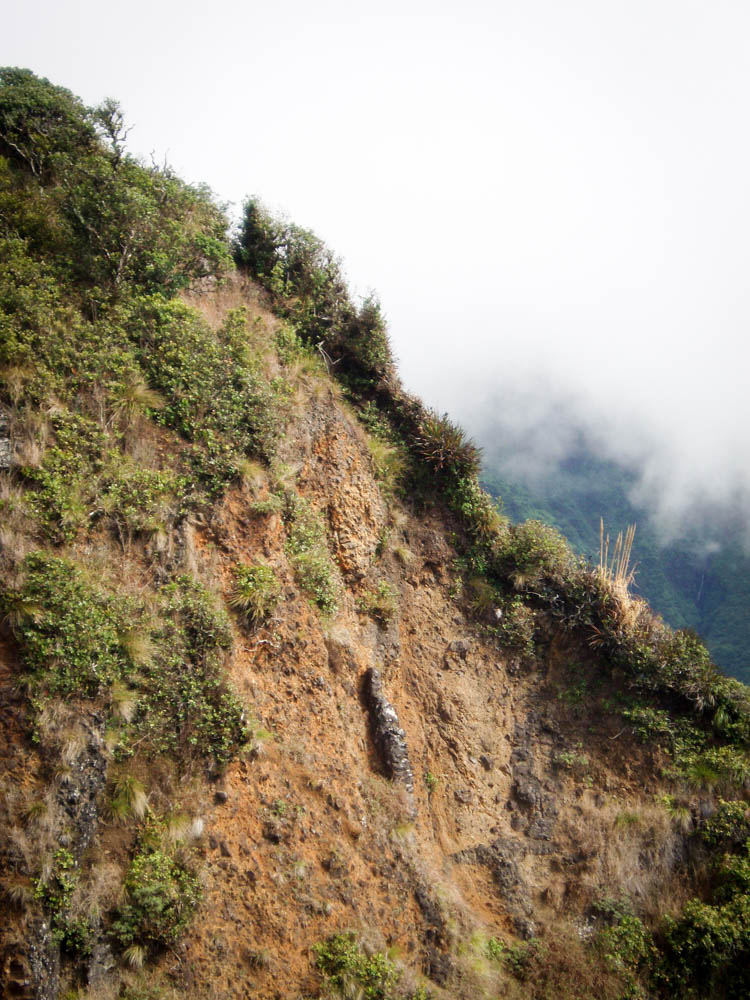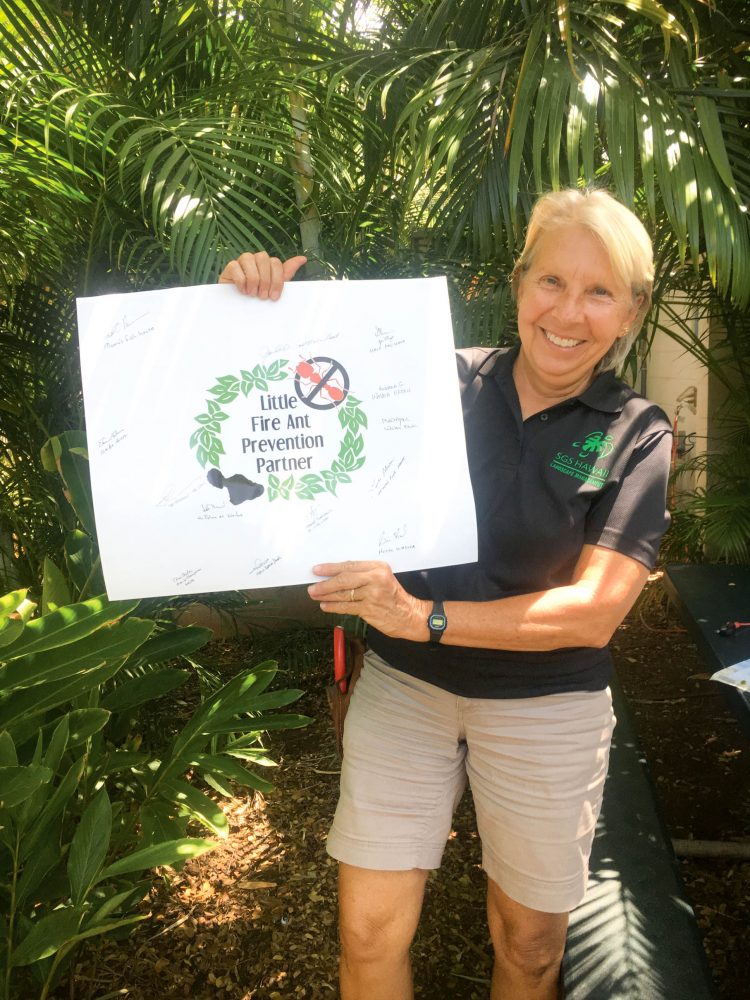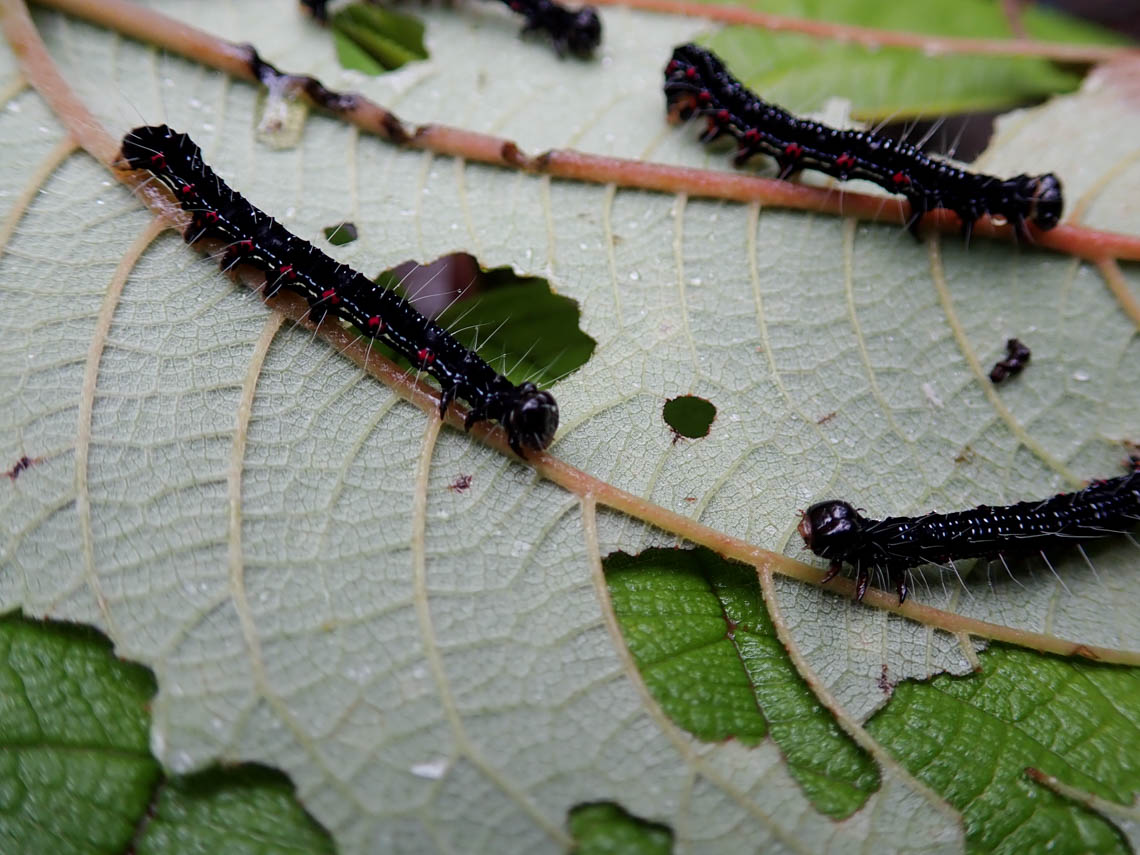With plumes that bring to mind ostrich feathers, pampas grass first became popular in the Victorian era. Fluffy seed heads…
Read More
2019
Finding pests early helps to protect unique places like Lānaʻi
If you travel between the Hawaiian Islands you know that each Island is unique, in traditions and food, expressions and…
Read More
Hotels and resorts partner in effort to eradicate LFA
Across Maui, there are hundreds of people already looking for small pests every day but they aren’t state inspectors or…
Read More
Plan exists to enhance biosecurity among Hawaiian Islands
Hawaiʻi has been called the “invasive species capital of the world” thanks to the amount and type of harmful species…
Read More
Damage to māmaki plant by moth highlights need for biosecurity
Last October, Keahi Bustamente was looking for rare snails in Olowalu Valley when he noticed a māmaki plant showing signs…
Read More





